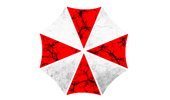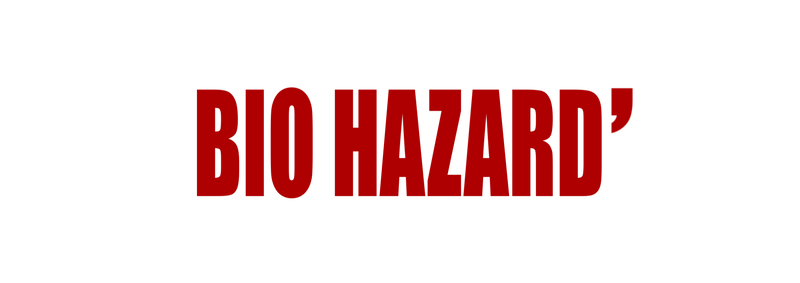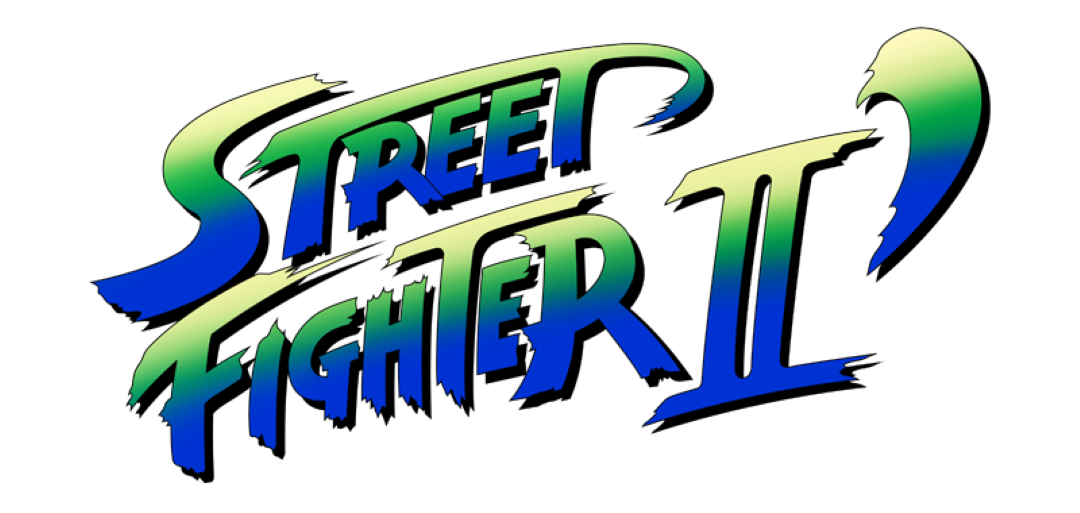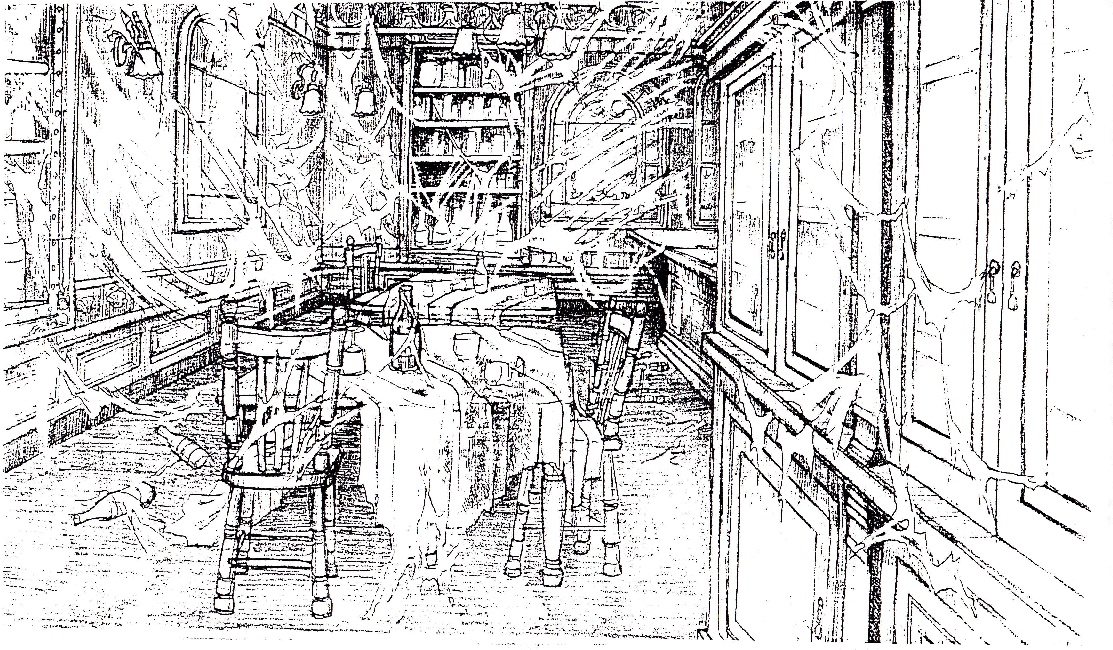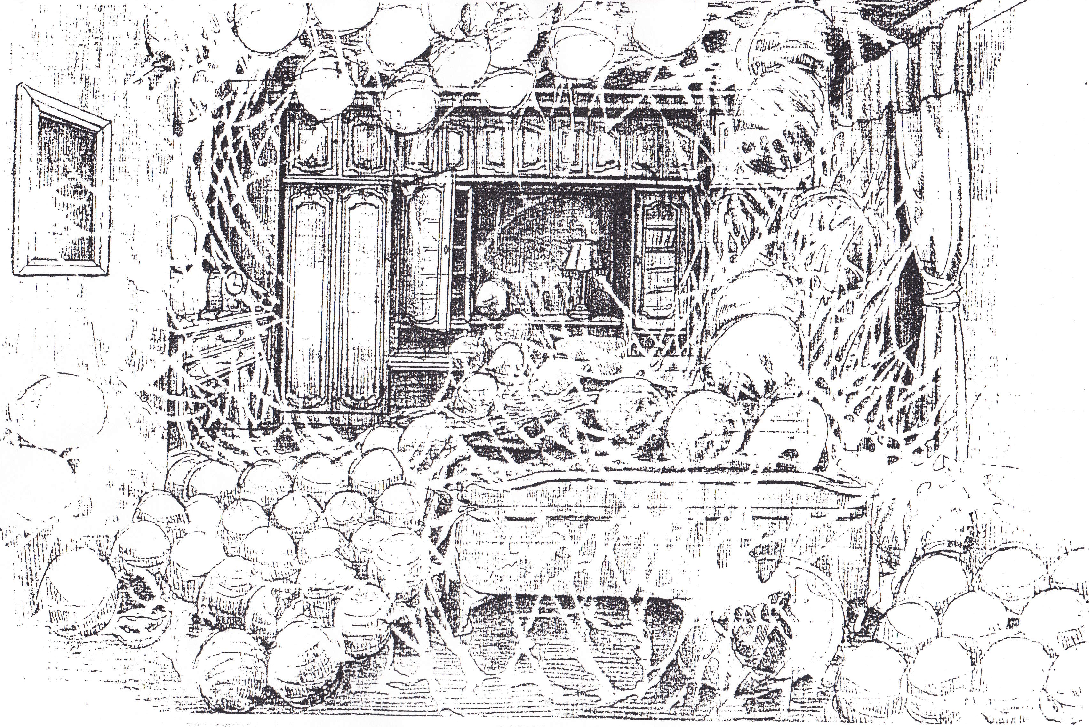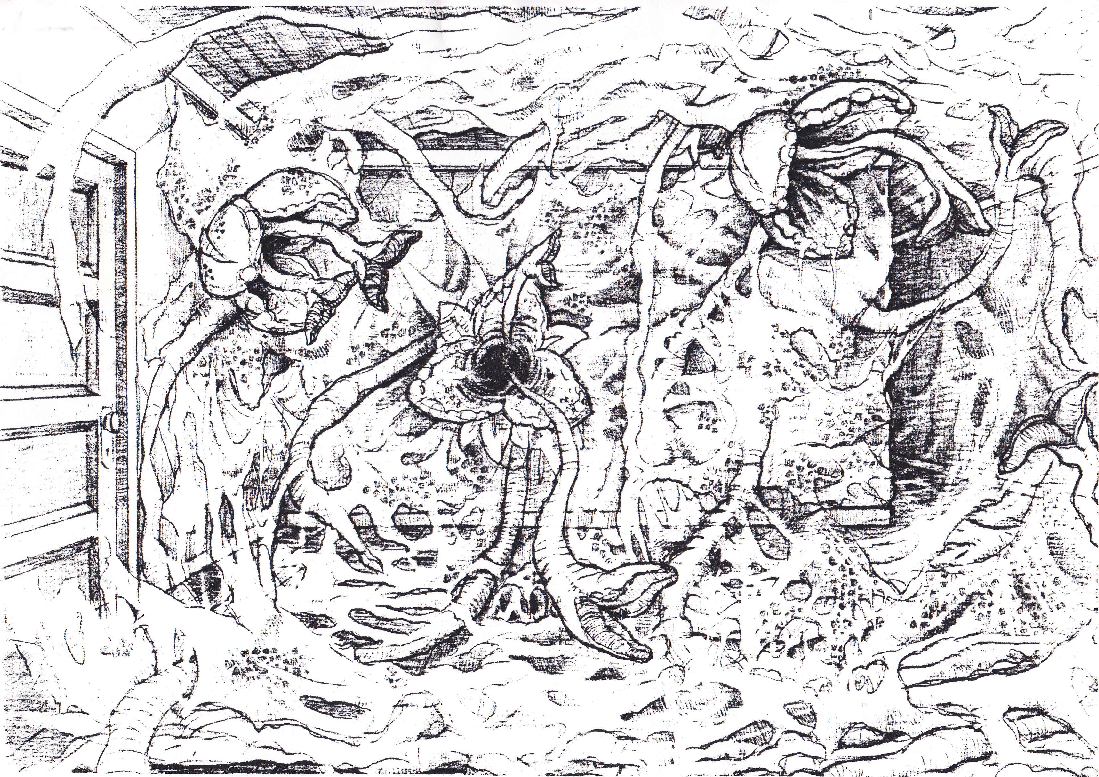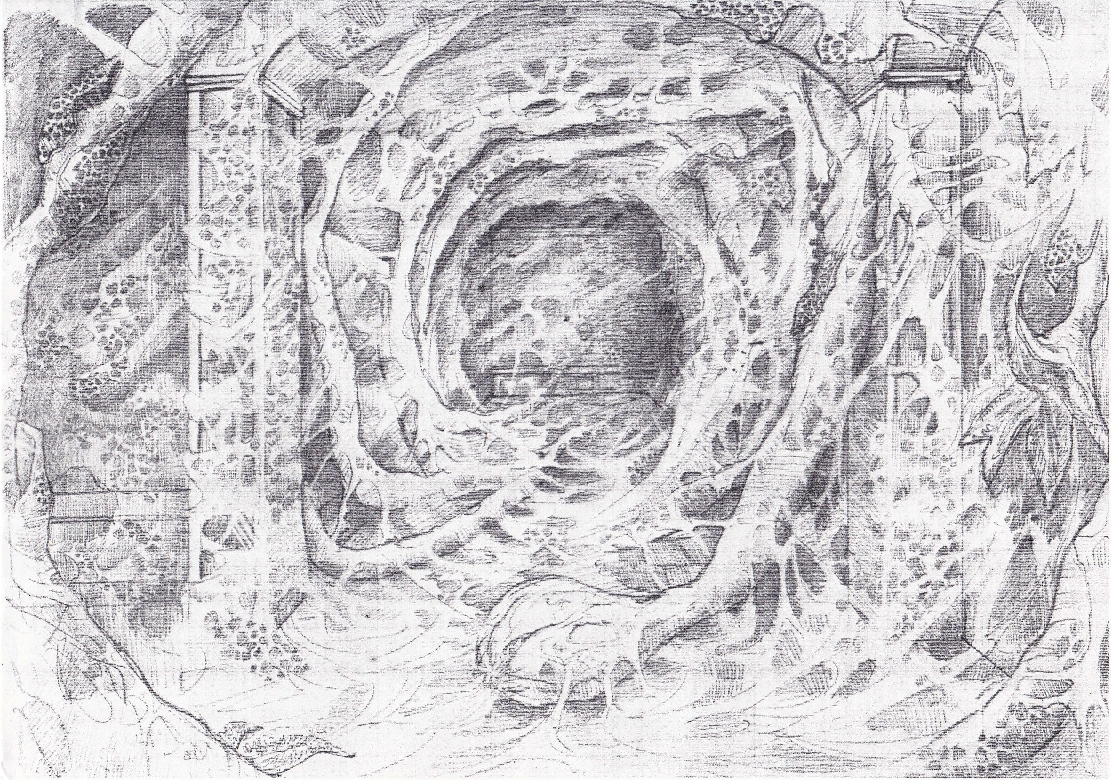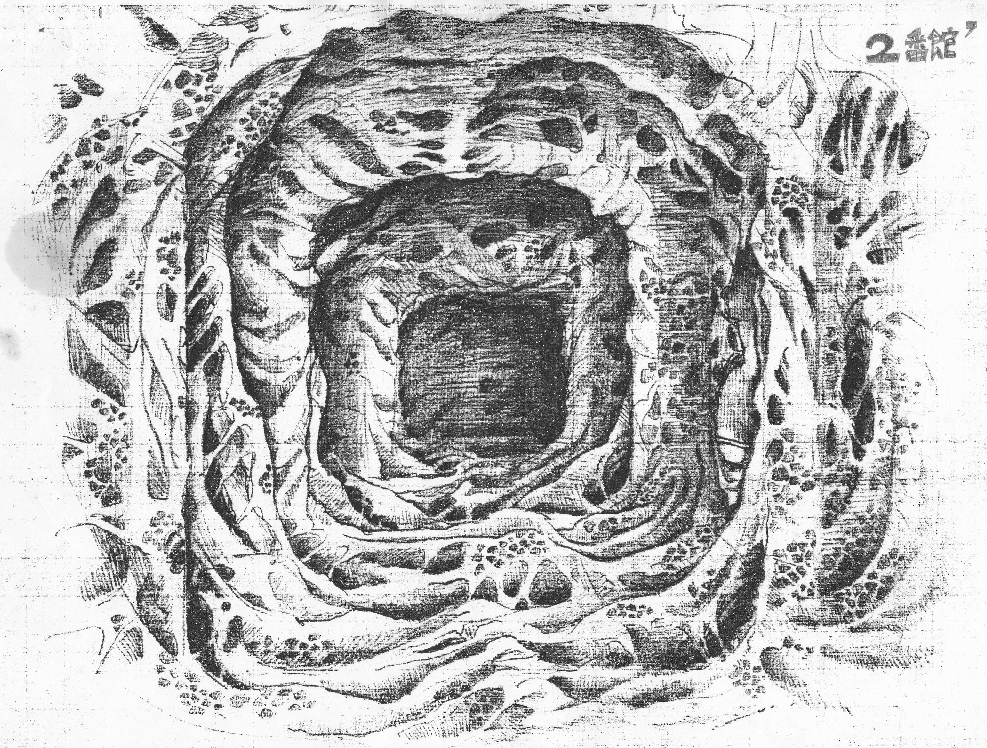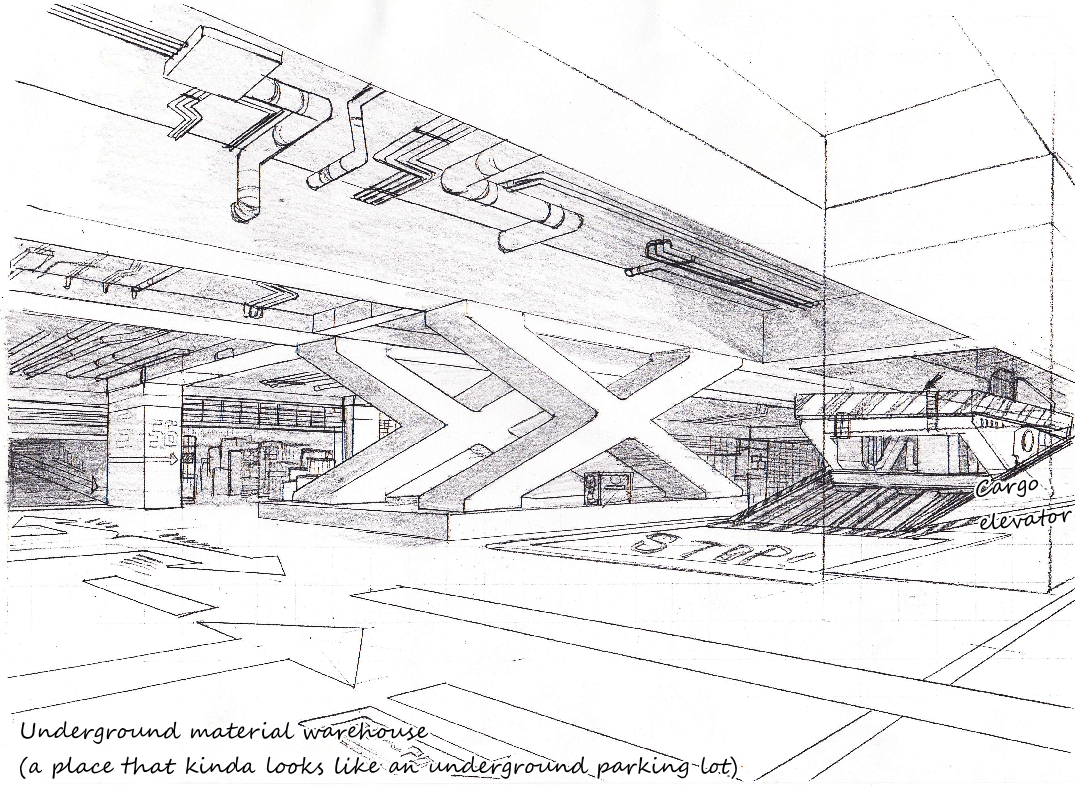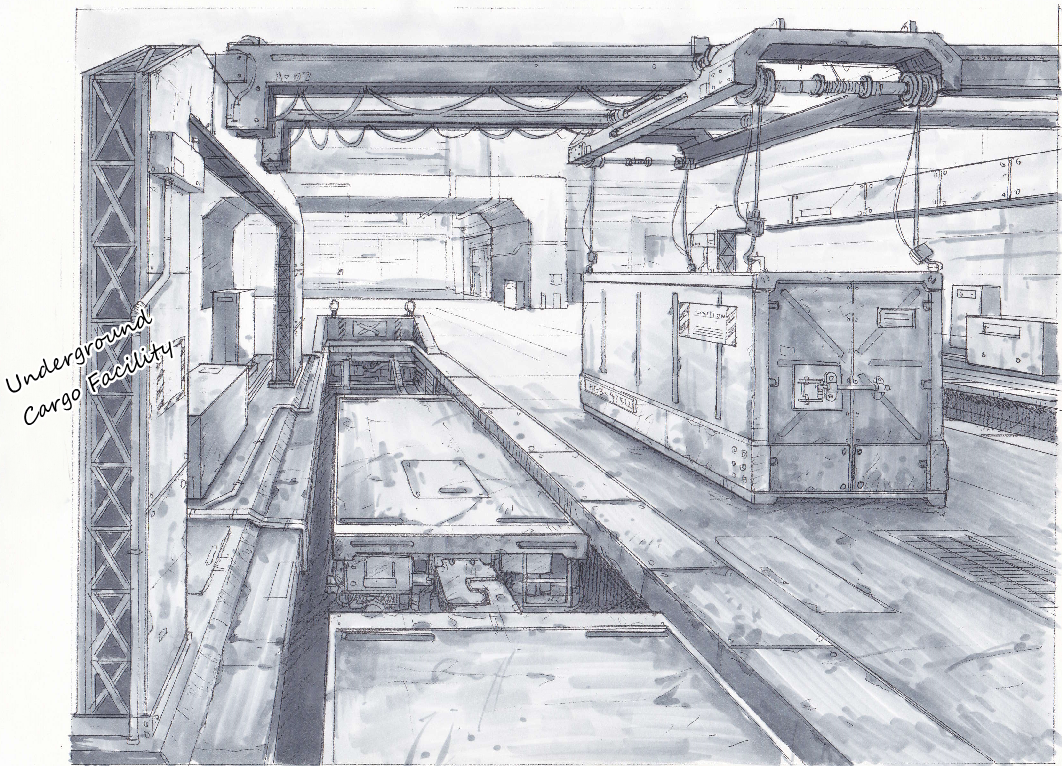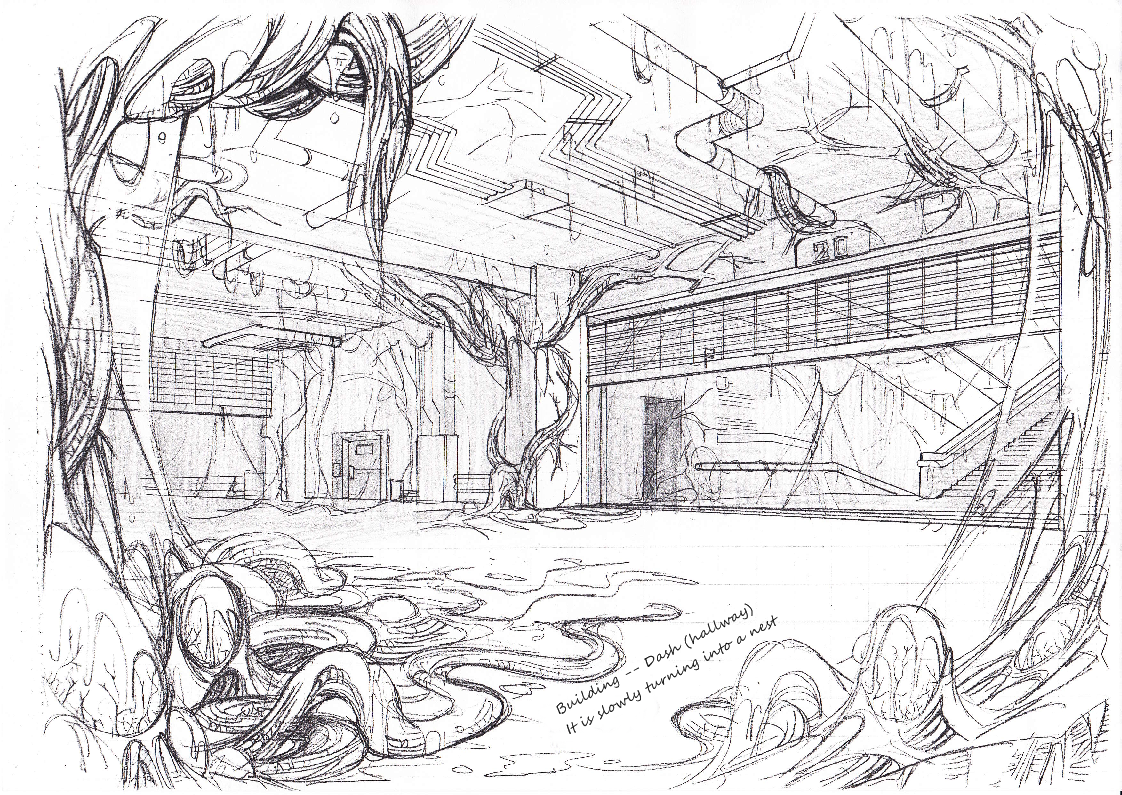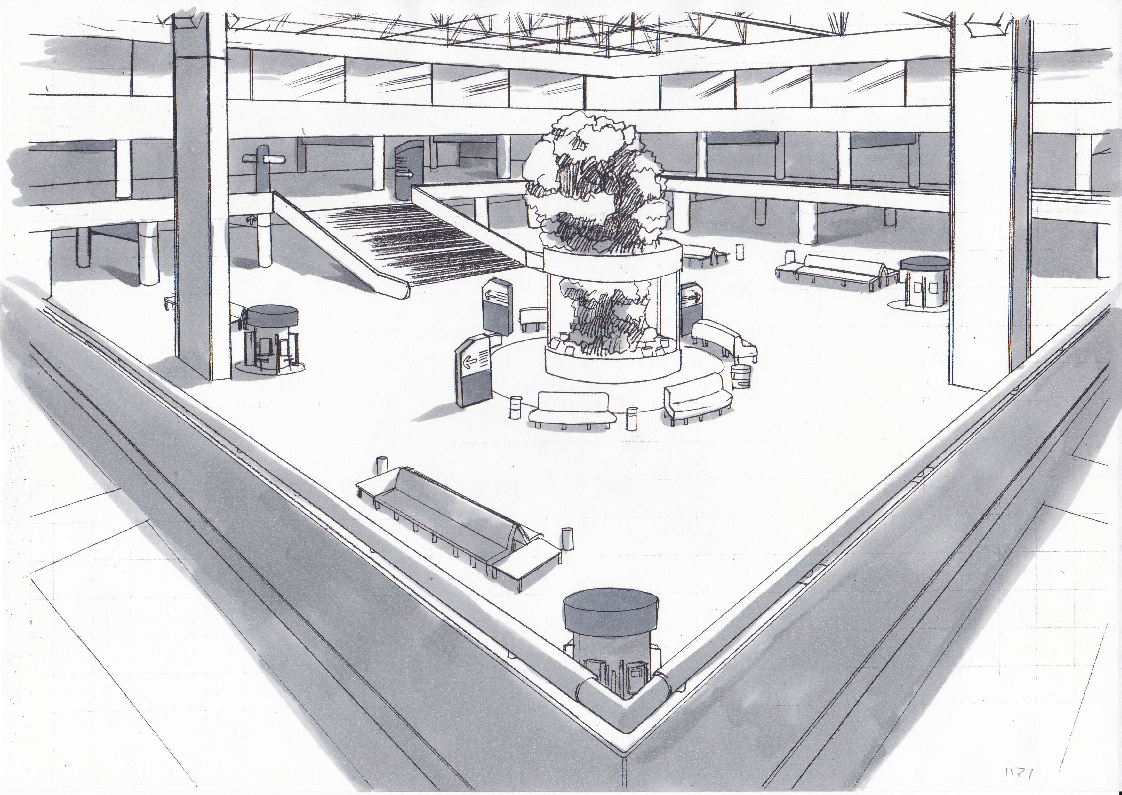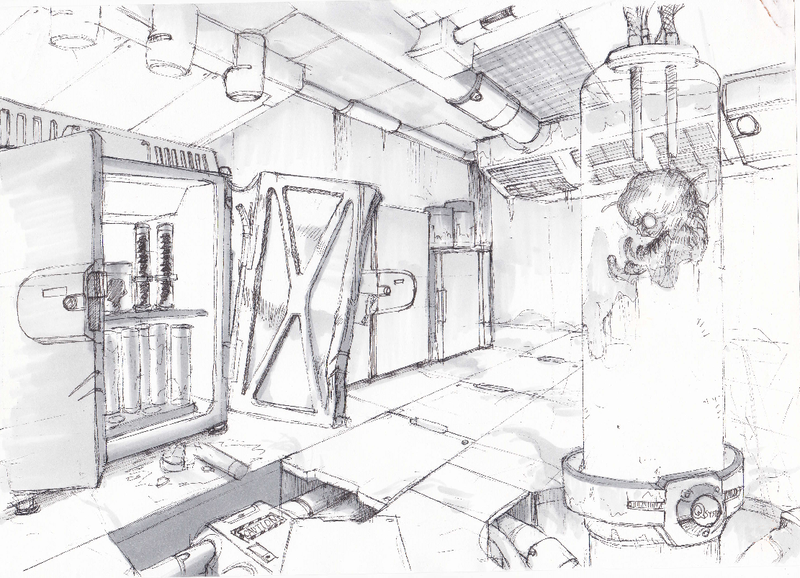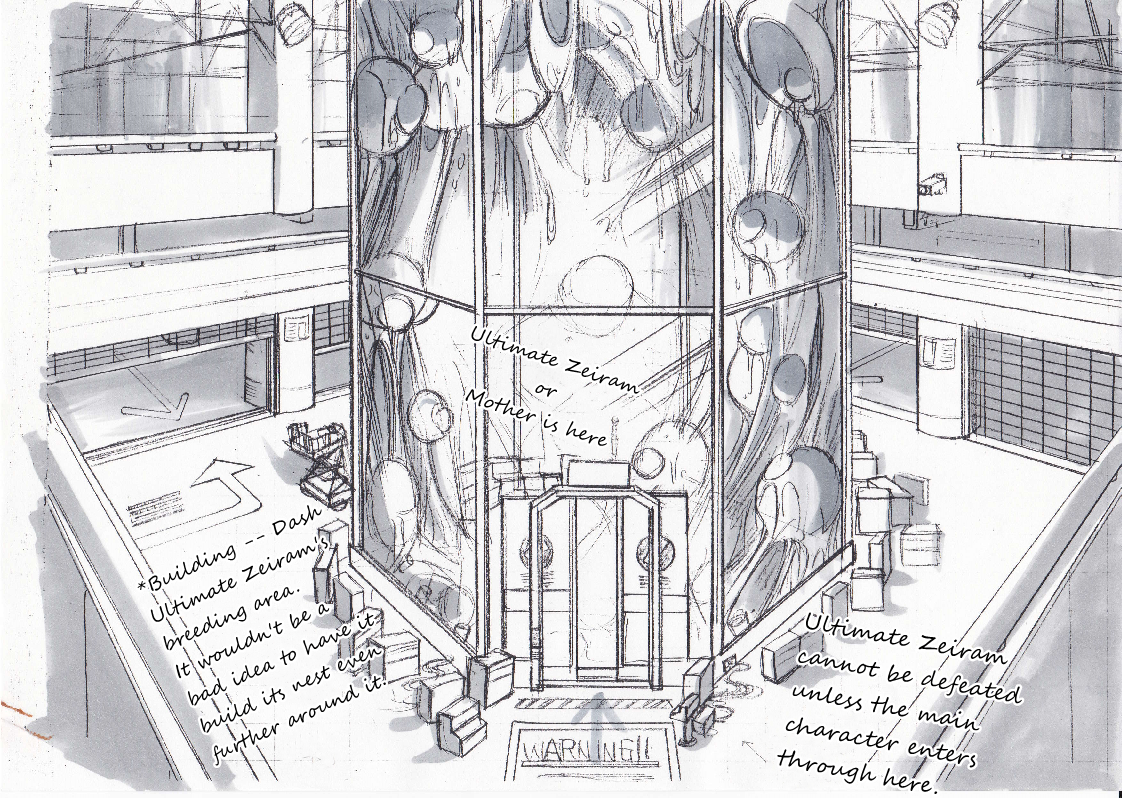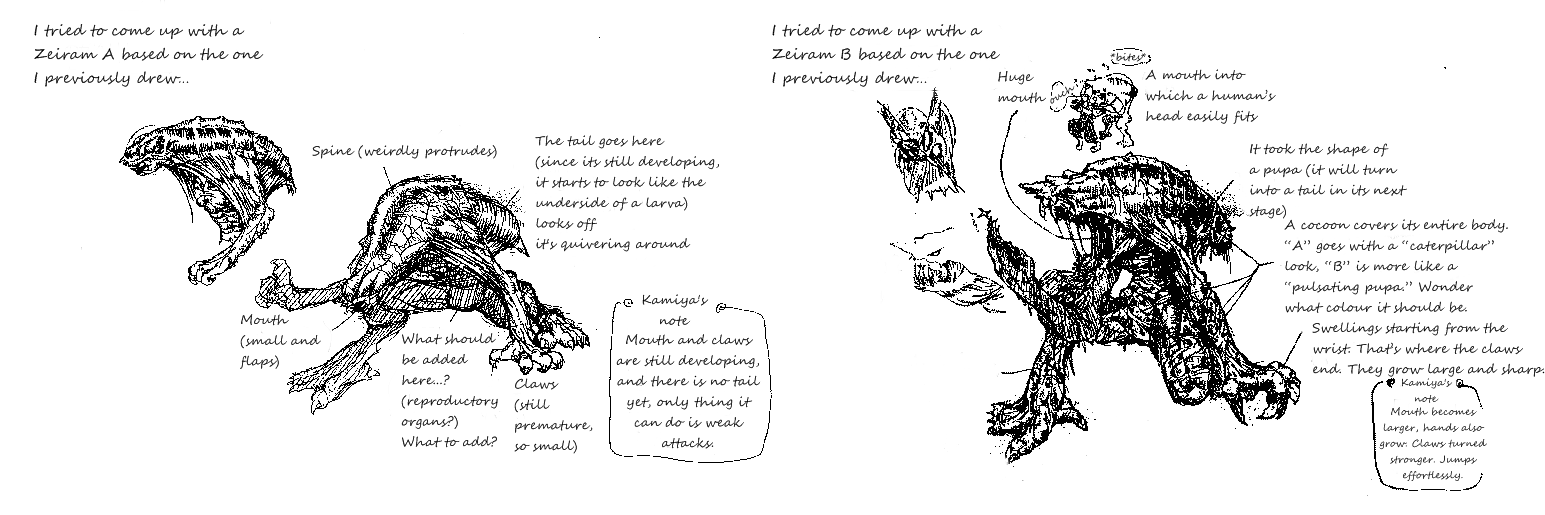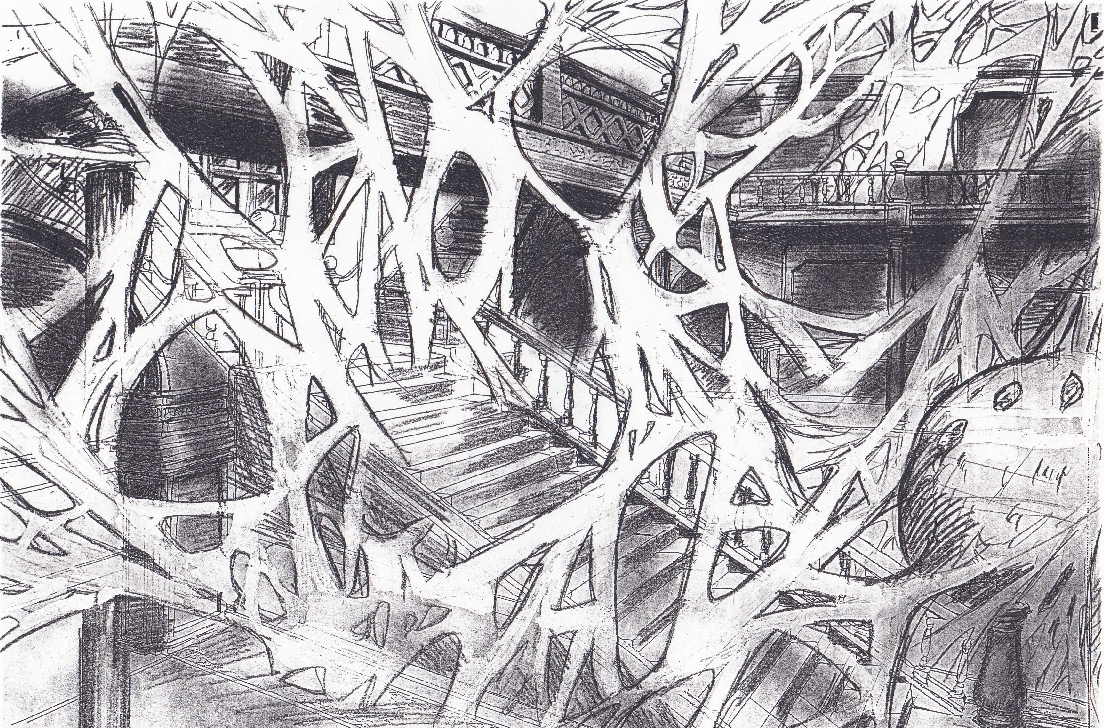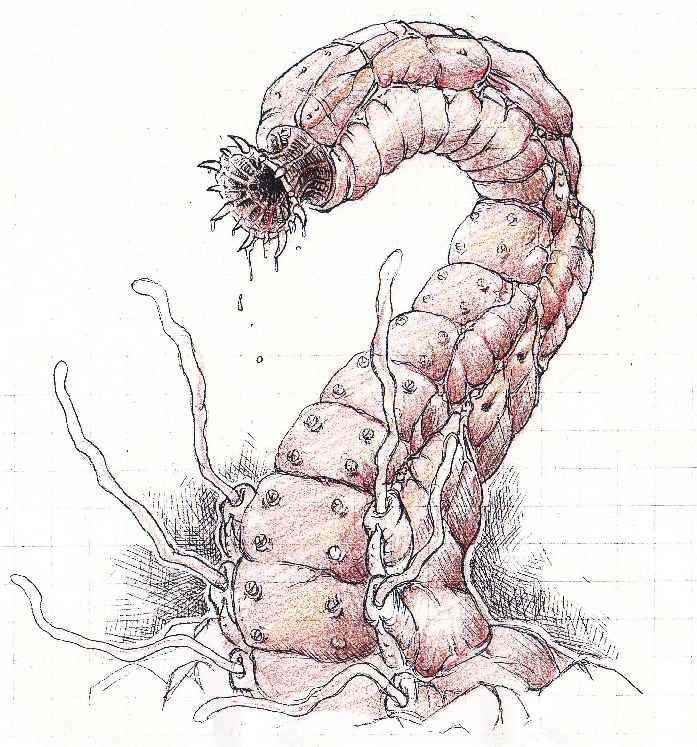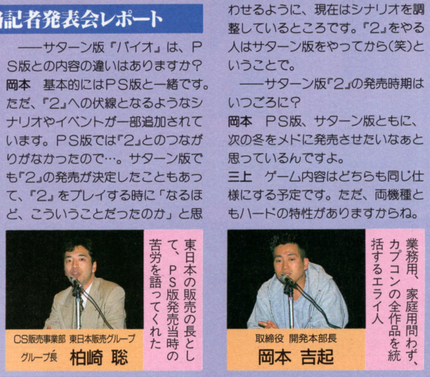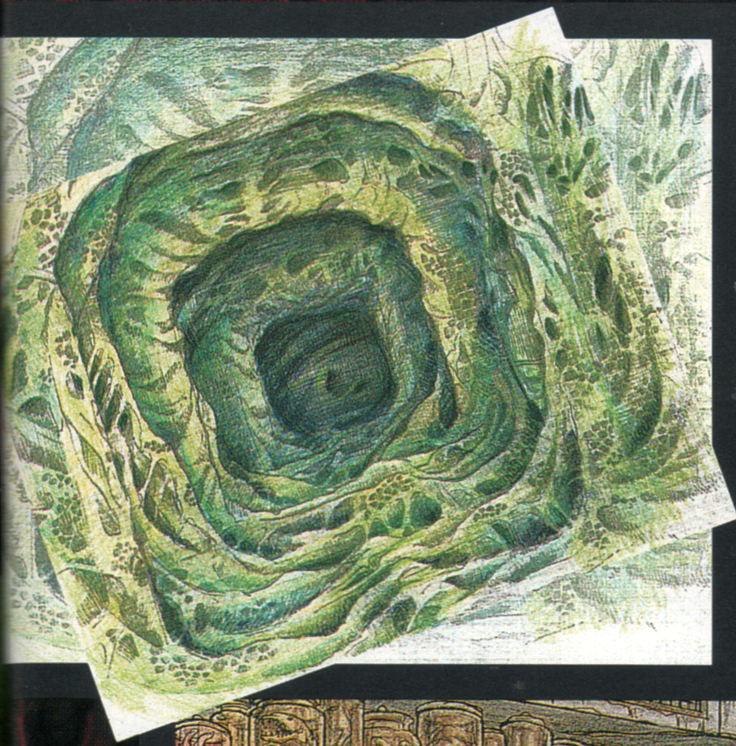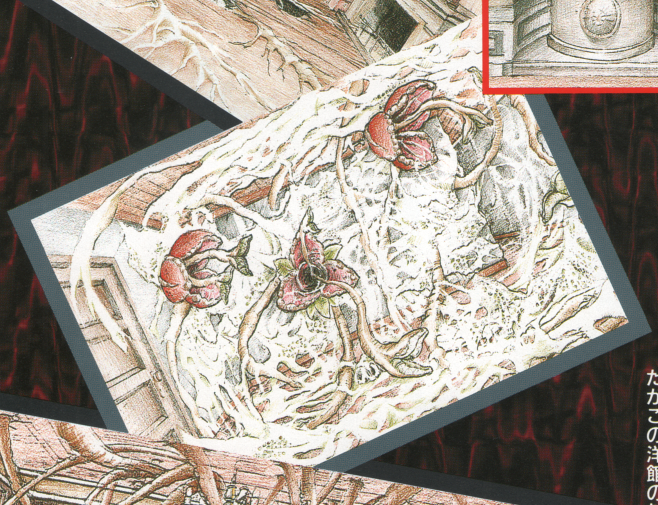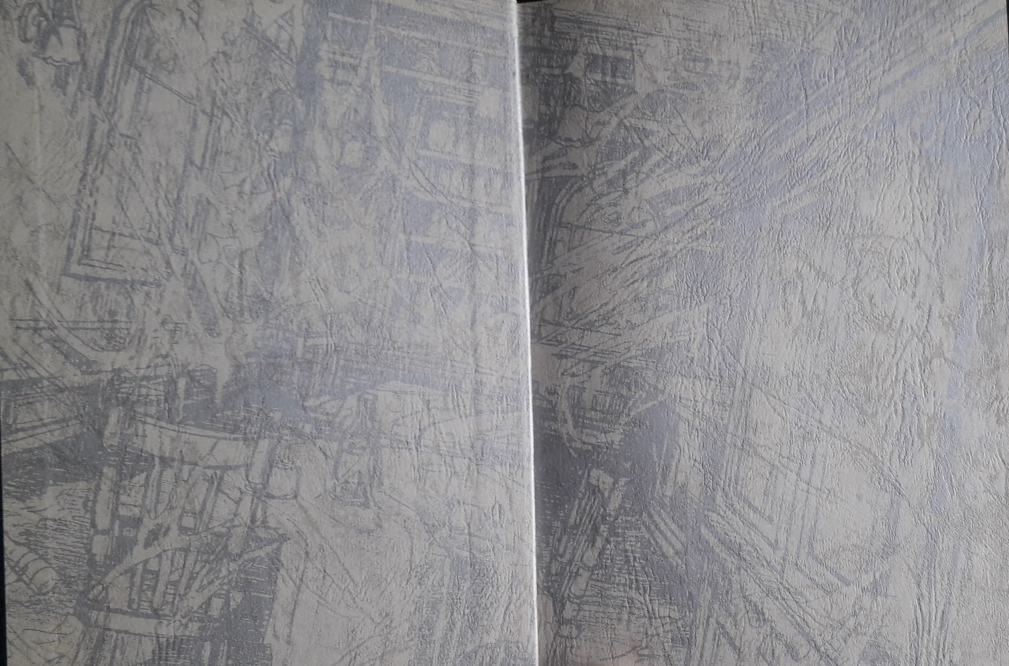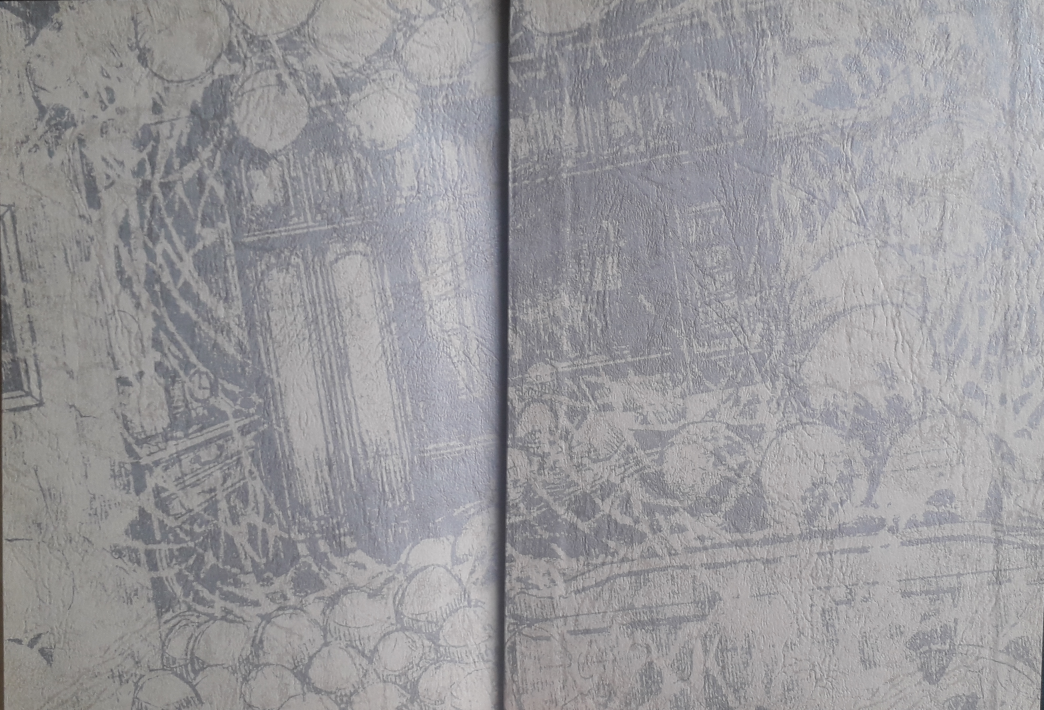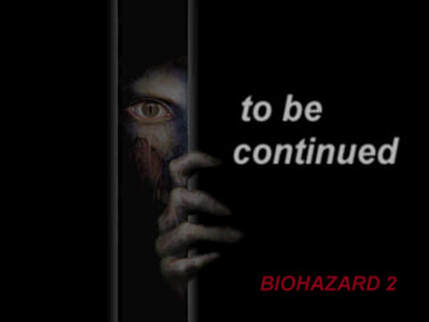By the time development on the original Bio Hazard wrapped up with a favorable release, Capcom knew they had to work on at least some type of sequel for the game. As excitement grew for the upcoming title, and as post-release sales figures were steadily growing, the decision by Capcom was definitively made: another Bio Hazard game had to be produced. However, the original Bio Hazard’s development was anything but smooth (more info here), and while sales looked promising, this time around, it seems they picked the safest bet to recoup before moving on to Bio Hazard 2, and decided to reuse as many assets and as much programming from the original as they could, working off the example of their already existing hit franchise Street Fighter--and the similarities do not end there. A very special thanks to Welsh, Carnivol & Crimson Head Elder.com, without whom there wouldn't be as much to work with.
Nomenclature
What exactly does “Dash” mean?
The title of the game, which is more accurately Bio Hazard 1 Dash, given the project’s close connection to the first game, comes from the prime symbol (′) which is sometimes called the dash symbol in Japanese. It is what Capcom used to designate Street Fighter II’s rereleases in Japan (such as Championship Edition, Turbo, Plus, etc), calling them Street Fighter II Dash with the logo stylised with the above mentioned prime symbol. So they followed suit with Bio Hazard’s planned rerelease as well.
The title of the game, which is more accurately Bio Hazard 1 Dash, given the project’s close connection to the first game, comes from the prime symbol (′) which is sometimes called the dash symbol in Japanese. It is what Capcom used to designate Street Fighter II’s rereleases in Japan (such as Championship Edition, Turbo, Plus, etc), calling them Street Fighter II Dash with the logo stylised with the above mentioned prime symbol. So they followed suit with Bio Hazard’s planned rerelease as well.
It’s not unlikely, if Bio Hazard Dash remained the game’s final title, it would’ve looked something like this (taking clues from the logo of Street Fighter II Dash):
Unfortunately, information on the exact nature of the project is few and far-between, but we gathered here as much as possible to relay the most comprehensive collection of information regarding the game.
The Interview
The existence of BIO1 Dash came to light to most people within the fandom through one primary source that exists as an interview given by Capcom’s Yoshiki Okamoto in 1996 when the game was not even in production anymore (more on this later).
Weekly Famitsu No.410 (25th October 1996)
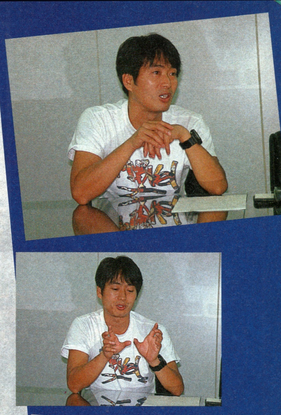
Hamamura: In 2, it seems the setting was changed completely compared to the first game, with players now getting to wander around in a police station, within the city, etc.
Okamoto: Truth is, in-between Bio Hazard and 2, there was something called “Biohazard Dash.” We ended up scrapping it though.
Hamamura: Did the characters get to move at turbo speed or what?
Okamoto: No, nothing like that (laughs). Actually, the idea was “how about if there was another room even further below the room with the Tyrant.” It took place like 3 years after the first game--characters were completely changed up too. This time around, a plant infected by the virus is rapidly growing and growing, and attacking the people living nearby, and the people attacked were gradually turning into plants themselves too, and so basically imagine the whole thing ending up being covered in plants. We pretty much considered just making it pretty simply by sticking spiderwebs and like drawing cracks over the backgrounds of the first game, but ultimately, doing that significantly slowed down the development of 2, you know. Though I really believed that it would have been interesting to do 2 using the same setting well.
Okamoto: Truth is, in-between Bio Hazard and 2, there was something called “Biohazard Dash.” We ended up scrapping it though.
Hamamura: Did the characters get to move at turbo speed or what?
Okamoto: No, nothing like that (laughs). Actually, the idea was “how about if there was another room even further below the room with the Tyrant.” It took place like 3 years after the first game--characters were completely changed up too. This time around, a plant infected by the virus is rapidly growing and growing, and attacking the people living nearby, and the people attacked were gradually turning into plants themselves too, and so basically imagine the whole thing ending up being covered in plants. We pretty much considered just making it pretty simply by sticking spiderwebs and like drawing cracks over the backgrounds of the first game, but ultimately, doing that significantly slowed down the development of 2, you know. Though I really believed that it would have been interesting to do 2 using the same setting well.
Bio Hazard’s success with users ultimately warranted Capcom to also greenlight a full-blown sequel, and that really put a wrench into the half-baked attempt at basically rereleasing the first game with minor alterations. It is also interesting to note that over the years many developers of the franchise had been asked about BIO1 DASH, but they weren’t really aware of its existence, so all signs seem to point to the idea that DASH was Okamoto’s pet project in a sense. However, he seemed to have a great affection towards its settings and ideas, and with the development resources being cannibalised by Bio Hazard 2, it seems the story ideas weren’t all lost.
Concept Art
The second collection of sources comes from concept art acquired over the years. These can be further separated into two categories: areas depicting the mansion, and areas depicting the lab even deeper underneath the original lab for Bio Hazard.
Mansion
These fit the ideas described in the interview above, existing depictions of the mansion basically edited to look more run-down and taken over by webs, eggs and plants. This includes the partially destroyed main building and the dormitory as well.
Dormitory
Second, deeper lab
This is the more substantial stuff, with a lot of brand-new artworks, many of them labelled as “Dash” fairly definitely. Containing notes mentioning B.O.W. related information as well.
This is the more substantial stuff, with a lot of brand-new artworks, many of them labelled as “Dash” fairly definitely. Containing notes mentioning B.O.W. related information as well.
These two seem to depict some sort of cargo area.
Areas deeper into the lab.
A ransacked lab area in one of the images, and Zeiram and Mother are mentioned on the other, unfortunately with no designs, or further explanation. They seem to be suspended above some area—this is really giving off Haos vibes from Biohazard 6. This is also the only piece of artwork that gives us any clue as to the scenario or B.O.W.s' involvement with the story.
Artworks for Zeiram, already published on other occasions, but still relevant descriptions (although by this time, the concept seems to be carried over to BIO2's production based on Kamiya's notes on it):
Based on the information gathered, it is ever so clear that the project was very early in pre-production and the concept did not last long, and as mentioned before, all resources were allocated to the production of a proper sequel: Bio Hazard 2, and not just the human capacity but also some of the ideas. Unsurprisingly, as Okamoto seemed to be fond of the idea, in early iterations of BIO2, the mansion setting returned, and for years used to be one of the most well-known cut environments from the game. The area was more than fleshed out for its return as well, with its own boss too, but in its then current state, it had little to do with the mansion’s BIO1 DASH iteration anymore.
Overgrown plants were replaced by a giant worm and its nest.
But not all was lost.
But not all was lost.
Bio Hazard Sega Saturn
While development was going full force on the sequel, Capcom decided to port over the original game to Sega’s Saturn console, and in a set of interviews promoting the upcoming title, something interesting was revealed:
Saturn Fan No.5 (14th March 1997)
Will there be any differences in terms of content between the PS version and Saturn version of BIO1?
Okamoto: At its core, it will be the same as the PS version. But, there will be one bit of scenario or cutscene added to foreshadow 2. Since there wasn’t really anything to connect the PS version to 2… As we decided to release a Saturn version as well for 2, [1’s] scenario is updated now so that when you play 2, you will hopefully think, “oh, so that’s what that was.” And so people will play 2, cause they've played the Saturn port (laughs).
Okamoto: At its core, it will be the same as the PS version. But, there will be one bit of scenario or cutscene added to foreshadow 2. Since there wasn’t really anything to connect the PS version to 2… As we decided to release a Saturn version as well for 2, [1’s] scenario is updated now so that when you play 2, you will hopefully think, “oh, so that’s what that was.” And so people will play 2, cause they've played the Saturn port (laughs).
Weekly Famitsu No.430 (14th March 1997)
Okamoto: We are thinking about releasing the Saturn version of Bio Hazard around Summer. At its core, the content will be the same as the PlayStation version, although we are planning to increase the speed of the Zombies for this Turbo Championship Edition… sorry, just kidding (laughs). In actuality, as it is continued in Biohazard 2, the scenario will be altered a bit, a cutscene will be added. On top of this, we also decided to port Biohazard 2 to the Sega Saturn as well.
From these bits, it shows that Capcom planned to add story bits to the game’s scenario that were going to tie into Biohazard 2 (with a planned Saturn release for it as well). However, if one were to sit down to play the Saturn version of Bio Hazard, they wouldn’t really find anything even related to BIO2, in fact, upon first glance, the game doesn’t even look all that different to the PlayStation or other system versions of Bio Hazard. But taking a closer look, though, something interesting is revealed, but first, let’s take a step away from the software, and let’s take a look at what came with the game.
The True Story Behind BIO HAZARD is a book that was bundled with a special Japanese release of the Sega Saturn game, and it does hold some secrets in it.
The True Story Behind BIO HAZARD is a book that was bundled with a special Japanese release of the Sega Saturn game, and it does hold some secrets in it.
If our short-term memory does not fail us, it’s interesting to see that these mansion artworks are none other than the ones above labelled Dash. Unfortunately, while this definitely opens up interesting theories and trains of thoughts to go on, there is nothing tangible offered in the book: no notes, no comments. So what’s going on? As opposed to the previous bits of this article, let me dedicate a few sentences to educated guesses:
The only overlap that is known between Biohazard 2 and Dash is the mansion, and knowing that there were going to be tie-ins to 2 in the Saturn build, and the worm goo looking suspiciously close to the plant goo detailed in the Dash story bits, it would be a safe, but not without doubt, to assume that the Saturn port was going to tease 2’s mansion boss. On top of this, there are still two additions to the Saturn port: the Ticks and Zombie Wesker. Whether any of these were going to be a part of Dash’s planned scenario or not—or even part of the BIO2 tease, also remain to be unanswered, much like the majority of Dash. Hopefully, over time, more will be revealed.
The only overlap that is known between Biohazard 2 and Dash is the mansion, and knowing that there were going to be tie-ins to 2 in the Saturn build, and the worm goo looking suspiciously close to the plant goo detailed in the Dash story bits, it would be a safe, but not without doubt, to assume that the Saturn port was going to tease 2’s mansion boss. On top of this, there are still two additions to the Saturn port: the Ticks and Zombie Wesker. Whether any of these were going to be a part of Dash’s planned scenario or not—or even part of the BIO2 tease, also remain to be unanswered, much like the majority of Dash. Hopefully, over time, more will be revealed.
Closing words
With Dash out of the question, Capcom had quickly ramped up work on Bio Hazard 2--once no longer having to develop both at the same time. The turbulent development they might’ve wanted to avoid with a simpler game ultimately came back to bite them. Bio Hazard 2 (renamed Biohazard 2 during development) largely got scrapped and rebooted due to dissatisfaction over the game’s quality. Master writer Noboru Sugimura was brought in to revise and salvage the original script—something that Capcom later dubbed Biohazard 1.5. There is a plethora of information left from over a year of intense marketing, interviews during and after its scrapping, not to mention datamined assets and a leaked build. A lot to talk about, but not here and not now.
